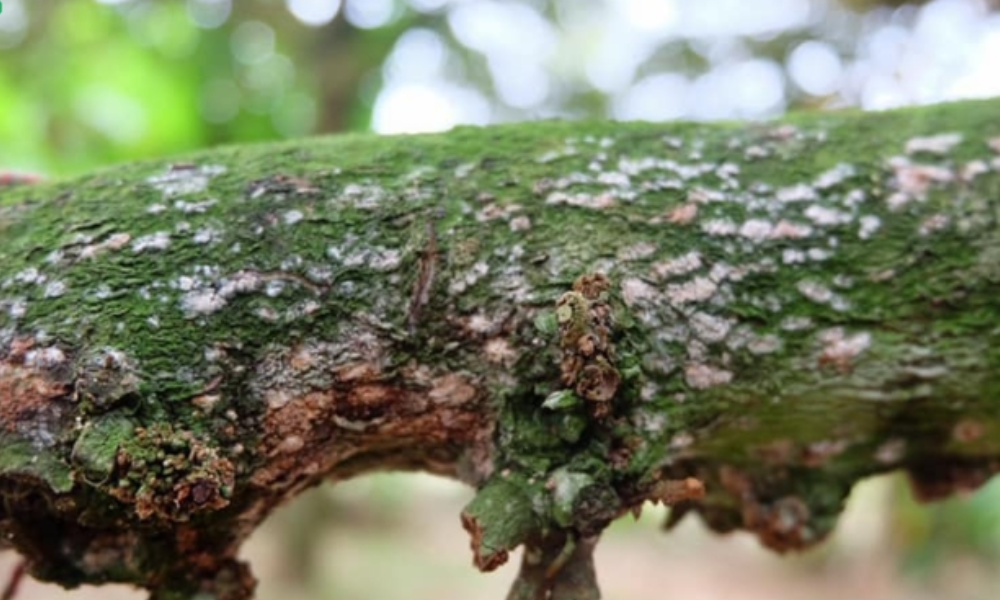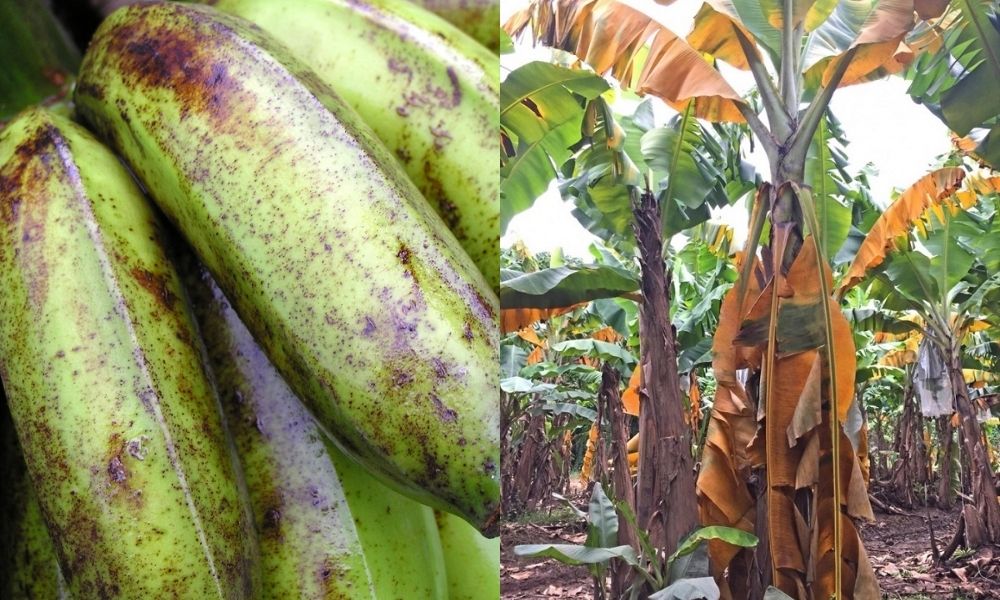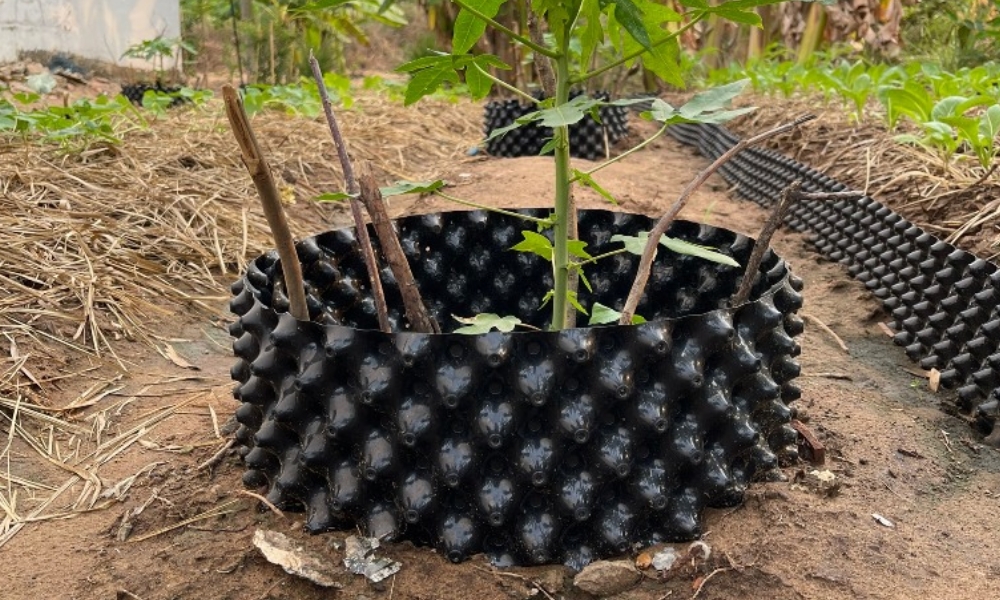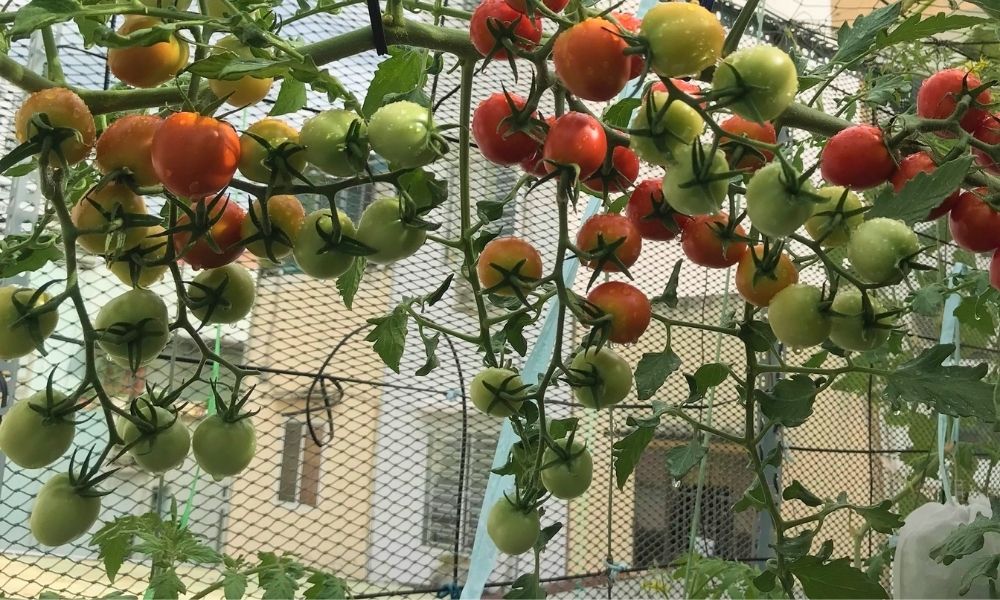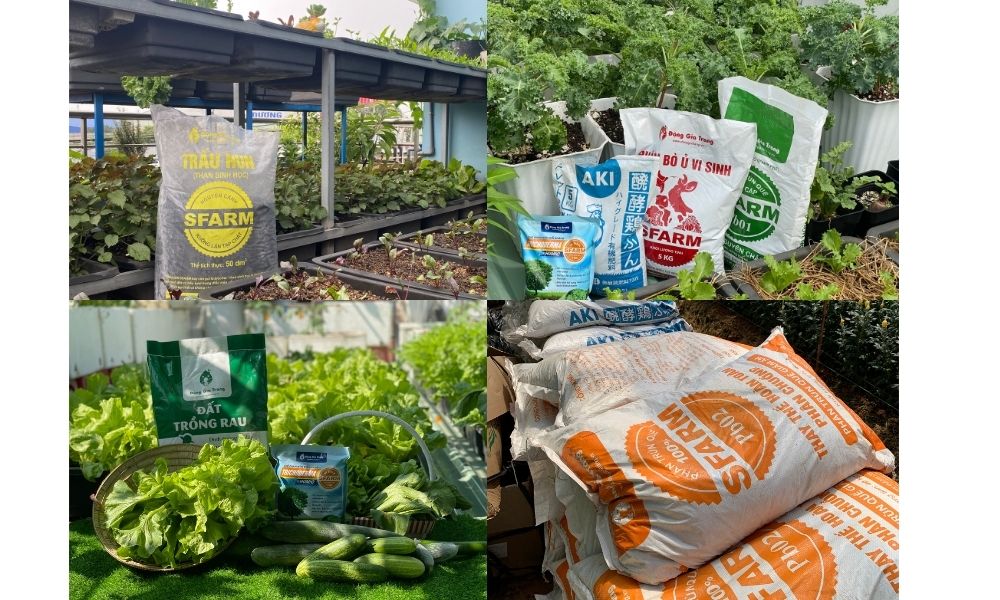Bón phân qua rễ là gì? Lợi ích, cách bón hiệu quả cho cây trồng
Fertilize through roots is a method that is widely applied thanks to the ability to provide nutrition quickly and directly to the tree. Blog Kiến Thức Tổng Hợp Nông Nghệp will help you understand the benefits, time and how to apply the right technique for the tree to develop optimally.
1. What is fertilizer through roots?
1.1. Concept of fertilizer through roots
Fertilize through roots A form of nutrition for plants by dissolving stool in water and watering it. The feces are absorbed through the roots and nourishes the entire tree. Some types also add micronutrients to help plants grow fast. However, this method cannot completely replace traditional fertilizers.
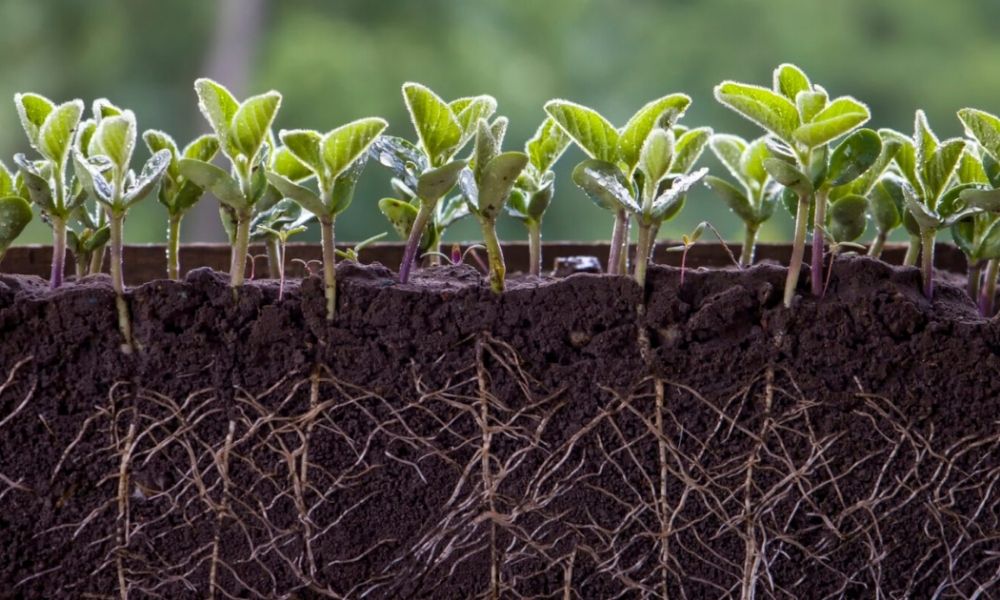 Fertilize the root form of nutrition for plants
Fertilize the root form of nutrition for plants
1.2. Biological basis of fertilizer through roots
Roots are capable of absorbing water and minerals thanks to hair suction and active transportation mechanism. When Fertilize through rootsdissolved nutrients will be absorbed, then move to other parts of the tree. Apply the right type and at the right time to help the tree grow stable and better resist.
1.3. Distinguish fertilizer through roots and fertilizer through leaves
| Criterion | Fertilize through roots | Fertilize |
| Absorbent | Through the root system | Through the leaf surface |
| Fertilizer type used | Soluble form, apply directly to the soil | Specialized foliar fertilizer, direct spray |
| Effective | Long -term nutrition, comprehensive farming | Quick impact, supplementation of speed micronutrients |
| Ability to replace | Do not replace foliar fertilizers | Quick impact, supplementation of speed micronutrients |
| Purpose of use | Overall development, root nourishment | Stimulating growth, fast recovery |
The combination of both methods to help plants absorb nutrients comprehensively, grow evenly and improve productivity.
2. Common root fertilizers
2.1. Organic fertilizer
Organic fertilizer of natural origin such as manure, green fertilizer, earthworm fertilizer. When fertilizing through roots, this type of fertilizer helps to improve soil, increase humus and support the root system to develop stably and long -term.
Plants absorb slowly but sustainable, limiting stool shock. Organic fertilizer is suitable for safe, environmentally friendly cultivation and contributes to maintaining healthy soil.
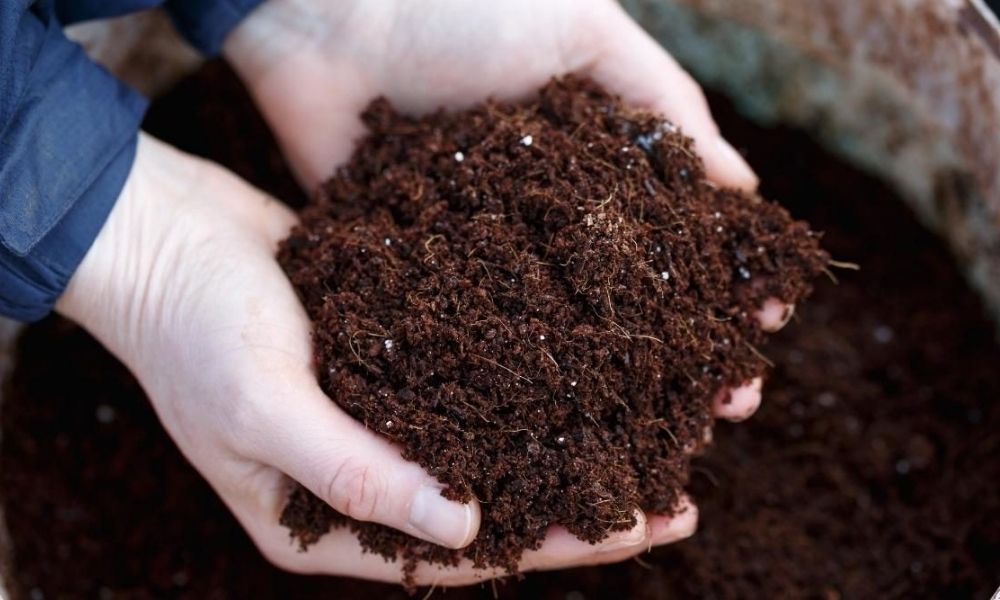 Organic fertilizer
Organic fertilizer
2.2. Inorganic fertilizer
Inorganic fertilizer contains elements n, p, k easily dissolved. When fertilizing through roots, plants absorb fast, grow evenly and grow strongly.
This type of fertilizer helps to supplement nutrition promptly, improve farming efficiency. However, it is necessary to use the right dosage to avoid adversely affecting the soil and trees.
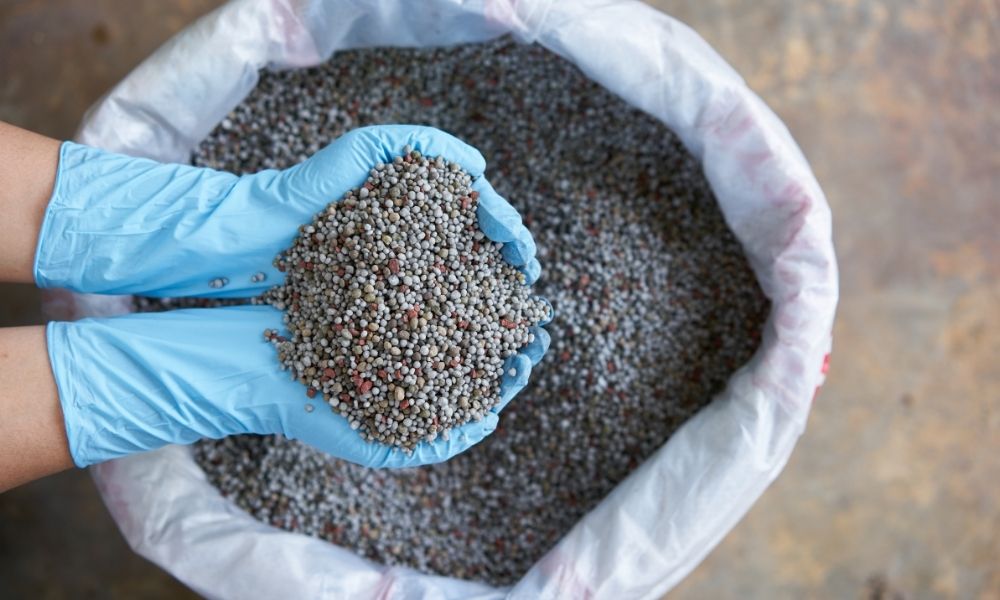 Inorganic fertilizer
Inorganic fertilizer
2.3. Microorganisms and biological fertilizers
Microbiological and biological fertilizers contain beneficial bacteria or biological extracts to support root area. When fertilizing through the roots, they stimulate the roots to be strong and increase the ability to absorb nutrients.
In addition, microbiological strains also help protect soil, reduce fertilizer loss and improve plants resistance, towards sustainable agriculture.
3. The benefits of fertilizer through roots
3.1. Provide direct nutrition for plants
Fertilizing through roots helps to directly replenish the necessary nutrition, especially in the middle of the crop. At that time, the tree needs to recover after growth and prepare for the next stage. This method helps the tree to be healthy, increase the resistance to pests and diseases.
In case the tree has difficulty in absorption through the leaves due to cold, flooded or nematode, fertilizing through root is the optimal solution. Nutrition to the right place, maintain development and ensure crop productivity.
3.2. Strengthen root development and soil improvement
Fertilizers through roots not only provide nutrition but also stimulate the root system to thrive, deeply and wide. As a result, plants absorb better than soil substances. Some types of organic fertilizer, microorganisms also help improve soil structure and increase fertility.
3.3. Help plants absorb nutrients better
Fertilizing through roots has a quick effect, helping plants overcome timely nutritional shortage. Roots absorb nutrients more effectively than other parts. When fertilizing at the right time, the tree is recovered quickly and developed strongly.
3.4. Stable pH of soil
Some types of fertilizer through roots, especially organic and biological fertilizers, are capable of regulating soil pH. This helps the soil environment balance, limit acidification or alkalinization, creating ideal conditions for roots to grow.
3.5. Promote growth and increase crop productivity
Supplementing nutrition through roots into important stages such as flowering and fruiting helps plants focus on nourishing the reproductive part. This contributes to promoting growth, improving the quality of agricultural products and increasing harvest productivity.
4. How to fertilize through root effectively
4.1. Two methods of fertilizing through roots
There are two ways to fertilize through the popular root: direct fertilization and soluble fertilizer. Choosing the right method depends on the type of fertilizer, crop and soil conditions to achieve the highest efficiency.
4.1.1. Direct fertilizer
Fertilizer, tablet or powder is applied directly around the base. Then, combine watering to soak the soil and roots to absorb gradually. This is a simple method, often found in traditional agricultural production.
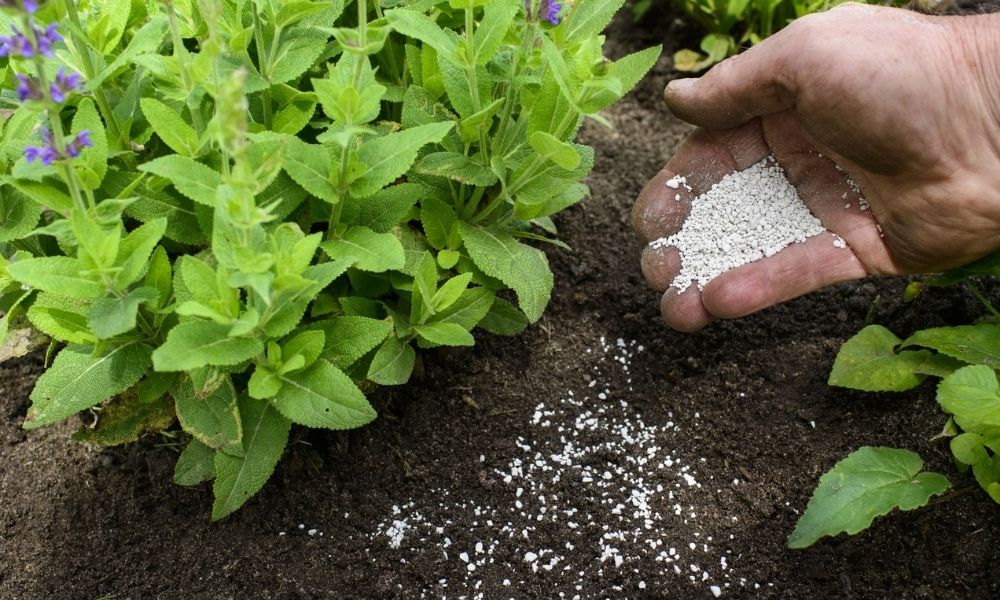 The method of fertilizing directly through the roots
The method of fertilizing directly through the roots
4.1.2. Fertilize dissolved in water
With this method, the stool is completely dissolved in water before watering the root area. Thanks to that, the nutrients penetrate faster, the tree is easier to absorb. This method is often used for soluble NPK fertilizers, micronutrients or biological fertilizers.
 The method of fertilizing dissolved into water
The method of fertilizing dissolved into water
4.2. Fertilize through roots according to the development stage of the tree
In order for the tree to maximize nutrition, the fertilizer through the roots should be based on each stage of growth. Below are specific instructions in each period of development.
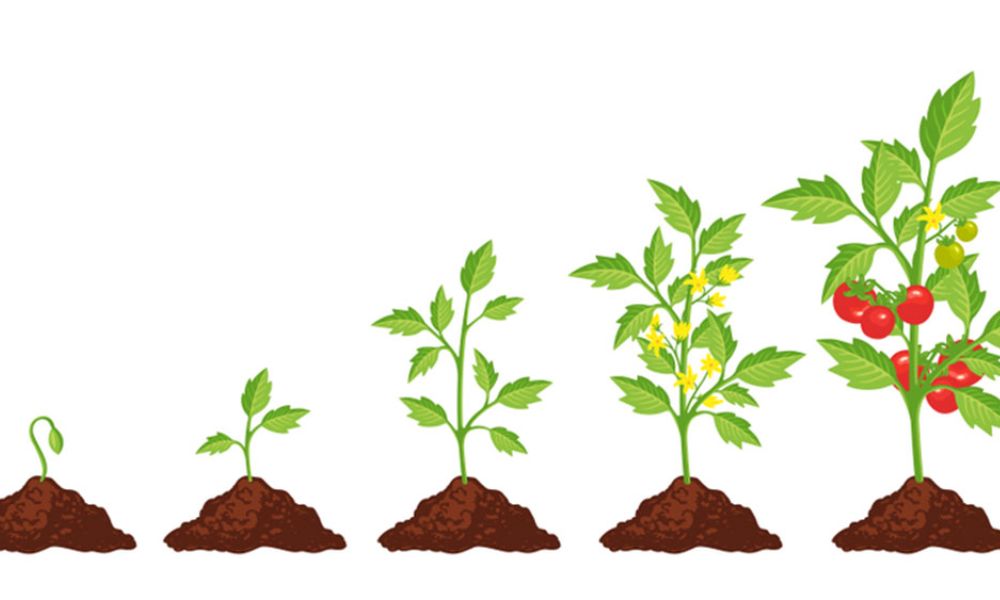 Fertilize roots in each stage of plant development
Fertilize roots in each stage of plant development
4.2.1. Seedlings
The seedlings have weak root systems, the absorption capacity is limited, so it is necessary to fertilize the root with low doses, using easy -to -digest fertilizers such as humic, amino acids, or liquid fertilizer. This helps stimulate roots to grow healthy and stable.
4.2.2. Growth phase
In the stage of developing leaf stems, plants need a lot of protein and phosphorus to form branches, expand foliage. Fertilizing NPK has a high protein ratio such as NPK 20-20-15 or adding calcium and magnesium to help plants grow rapidly, thick and strong green leaves.
4.2.3. Flowering and fruiting phase
When the tree enters the flowering period and raising fruits, it is necessary to apply phosphorus and potassium-rich fertilizers such as NPK 6-30-30, combining micronutrients (Bo, Zn) to increase fruit beans, limit flower loss. Fertilizing through roots now helps to convert nutrients into the fruit better.
4.3. The right time to fertilize through roots
Fertilize the most effective root early in the morning or in the afternoon when the temperature is low, the tree is easily absorbed. Avoid fertilizing sunshine because it is easy to shock root. The rainy season should be limited to dissolved fertilizers to avoid washing, dry season should prioritize organic fertilizers, slow -soluble inorganic.
4.4. Factors affecting the effectiveness of fertilizer through roots
Effective depends on many factors such as:
- Soil moisture: Drought soil reduces nutrition absorption.
- PH: The pH is too low or high, reducing fertilizer effect.
- Fertilizer type: Easy -to -digest fertilizer helps to absorb faster.
- Root status: Healthy roots help plants absorb more thoroughly.
5. The mechanism of nutrient absorption through the roots of the plant
5.1. How does nutrients move from soil to roots?
In the soil, nutrition exists in a soluble form. Roots absorb these substances through the area exposed to soil solution. Nutrition will move gradually to roots according to different physical mechanisms such as diffusion, mass flow and direct contact of the root.
5.2. Mechanisms to transport mineral nutrients from soil to root
5.2.1. Diffusion (Diffusion)
Diffusion is the mechanism of nutrients moving from high concentrations (outside the root area) to where low concentrations (near roots). When the plants absorb nutrients, the root around the root is reduced, facilitating the nutrients to continue diffusing into the root area.
5.2.2. Mass flow (mass flow)
The flow flow is the process of water -soluble nutrients moving with the water into the roots. When the tree drains through the leaves, the roots will absorb water stronger, resulting in nutrition from soil to the roots. This depends on soil moisture and water escape speed.
5.2.3. Root movement for nutrition (root Interception)
As the roots grow, the root head spreads into the gaps in the soil and direct contact with the soil solution containing nutrients. As a result, plants can access and absorb minerals from lands that have not been exploited nutrition.
5.3. Factors affecting the root absorption process
The ability to absorb nutrients of the roots is dominated by many factors such as:
- Soil structure: Porous soil helps the roots grow well and access more nutritious areas. Compact soil reduces the possibility of spreading roots and absorbs substances.
- Physical and chemical characteristics of soil (PH): The inappropriate soil pH will hinder the roots that absorb minerals, reduce fertilizer efficiency.
- High clay content: Slow down the process of moving nutrition into soil solution, making the root absorption inefficient.
- Low soil humidity: When the soil lacks water, the roots are poorly absorbed, and reduce the ability to pull nutrients from the soil into the tree.
In general, crops absorb nutrients effectively when soil, water and pH conditions are well controlled. Farmers can actively improve these factors to optimize fertilizer efficiency and save production costs.
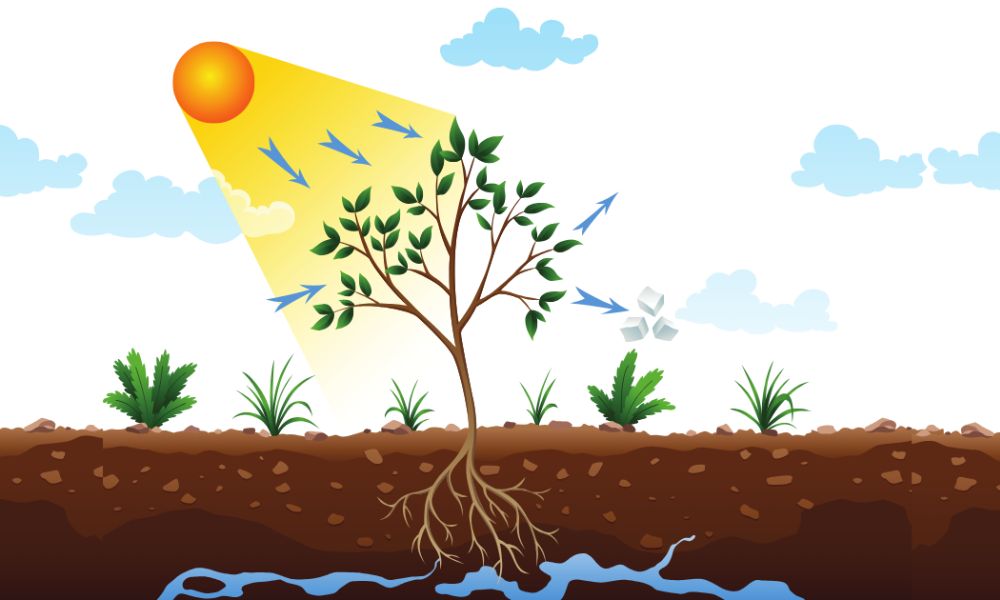 Factors affecting the root absorption process
Factors affecting the root absorption process
6. Some notes when fertilizing through roots
6.1. Do not apply too much to avoid fertilizer poisoning
The abuse of fertilizer can cause poisoning for roots. When the concentration of the soil is too high, the osmotic pressure is reversed, causing the roots to dehydrate, atrophy and reduce the ability to absorb nutrients. In addition, the accumulation of mineral salts due to excess fertilizer also makes the soil hard, affecting plant growth.
Note: Just apply correctly – enough dosage as recommended, not overwhelming. With chemical fertilizer, it is advisable to dilute according to a reasonable proportion to avoid causing “stool shock”.
6.2. Choose fertilizer suitable for each tree
Each type of tree has different growth characteristics, so the fertilizer is required. For example, fruit trees need a lot of potassium stage – fruit, while leafy vegetables need a lot of protein at the stage of leaf development. If the wrong type of fertilizer is used, the tree not only absorbs poorly but also has a risk of growth, reducing productivity.
Note: Based on the nutritional needs of the tree and the development stage to choose the appropriate NPK, organic or microorganism formula.
6.3. Combined with the method of fertilizing through leaves to optimize efficiency
Fertilizing through roots is the main foundation to help the tree grow stable. However, in stages of fast nutrition or when the roots have problems (flooding, nematodes …), the combination of fertilizer through leaves helps to quickly provide micronutrients and growth regulators.
Note: Reasonable combination of roots and foliage helps plants grow comprehensively, improve the efficiency of fertilizer use, cost savings.
6.4. How to preserve and use fertilizer reasonable
Fertilizers after opening the bag should be stored carefully in a dry environment, avoiding sunlight and high humidity so as not to clump and degenerate. When used, it is necessary to make the right concentration, avoid using water with too high pH or too low because it can affect the ability to dissolve and absorb nutrients of the tree.
Note: Do not mix many types of fertilizer if you do not understand the compatibility because it can reduce the effect or cause unwanted chemical reactions.
Fertilize through roots is an effective method, helping plants absorb nutrients quickly, develop healthy and increase productivity. Through the article, hope you understand the benefits, time and how to do it properly. Do not forget to follow Blog Kiến Thức Tổng Hợp Nông Nghệp Blog To update more useful and practical cultivation experience.
See also:
Blog Kiến Thức Tổng Hợp Nông Nghệp – Dang Gia Trang Happiness is Reliable supplier The products of agricultural materials in the direction of organic and biological of 1500 agents and stores nationwide. Please contact the following information so that the Blog Kiến Thức Tổng Hợp Nông Nghệp team can quickly support:
– Website: https://sfarm.vn/
– Hotline: 0934 19 xxxx
– Zalo: CSKT Blog Kiến Thức Tổng Hợp Nông Nghệp – 0934 19 xxxx
Chuyên mục: Kiến thức làm vườn
Nguồn: lol.edu.vn

 0934.19.6789
0934.19.6789
